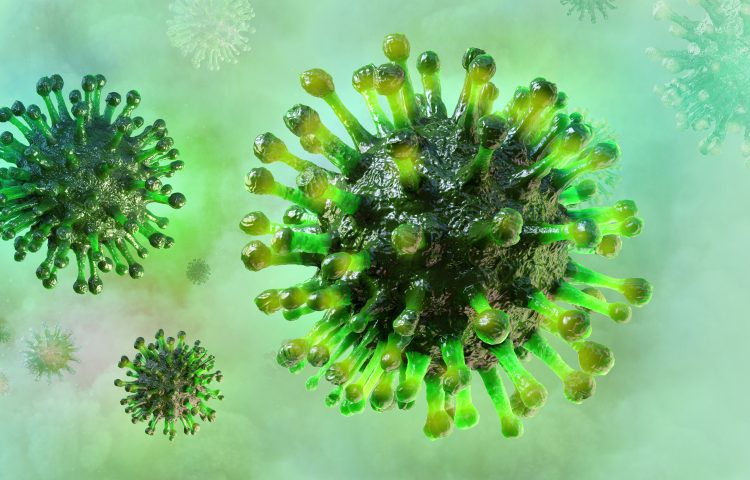Specialised proteins could halt cytokine storms in COVID-19 patients
Posted: 17 April 2020 | Victoria Rees (Drug Target Review) | No comments yet
Researchers who developed modified proteins say this could be used in the fight against COVID-19, by tackling cytokine storms.


A group of researchers has developed specialised proteins, similar in structure to antibodies, that they believe could draw in excess cytokines that are produced in some patients with COVID-19.
“The idea is that they can be injected into the body and bind to the excessive cytokines as generated by the cytokine storm, removing the excessive cytokines and alleviating the symptoms from the infection,” said Rui Qing, an MIT research scientist and one of the senior authors of the study.
The researchers now hope to begin testing their proteins in human cells and in animal models of cytokine release and coronavirus infection.
The researchers’ work on blocking cytokine storms came from a project that Shuguang Zhang, senior author of the paper, began 10 years ago when developing modified versions of membrane-embedded proteins. These proteins are difficult to study as once they are extracted from the cell membrane, they only maintain their structure if they are suspended in special types of detergents.
Zhang and Qing developed a method for modifying the hydrophobic regions of these proteins, making them soluble in water and much easier to study. Their method, called the QTY code, replaces some hydrophobic amino acids with hydrophilic amino acids that have similar structures. Leucine is converted to glutamine, isoleucine and valine are converted to threonine and phenylalanine is converted to tyrosine. These findings were published in the journal Quarterly Review of Biophysics (QRB) Discovery.
Following the development of the QTY code, co-author of the paper David Jin approached Zhang’s lab with the idea of designing water-soluble versions of proteins known as cytokine receptors to combat cytokine storms. These receptors are found on the surface of immune cells, where they bind to cytokines.
In April 2019, Zhang’s team designed proteins that could soak up excess cytokines like a sponge by using the QTY code to make water-soluble versions of cytokine receptors. When proteins are soluble in water, they can travel efficiently through the human bloodstream, while the original, hydrophobic versions of the proteins would likely stick to cells that they encountered.
The researchers also attached an antibody segment called the Fc region to their water-soluble receptor proteins. This region helps to further stabilise the proteins in the bloodstream and makes them less likely to be attacked by the immune system.
The team designed proteins that mimic six different cytokine receptors which can bind to cytokines such as interferon and interleukin, as well as a class of cytokines called chemokines. In laboratory tests of the proteins’ binding strength, the researchers found that the modified proteins were able to bind to cytokines with similar strength as naturally occurring cytokine receptors.
“The cytokine receptors that we designed will soak up the majority of the excessive cytokines that are released during the cytokine storm,” Jin said.
When evidence began to suggest that the SARS-CoV-2 virus was inducing cytokine storms in some patients, the researchers realised that the receptor proteins they had designed might be able to help. They are now planning to do additional tests in human cells and in animal models of COVID-19 infection.
…the modified proteins were able to bind to cytokines with similar strength as naturally occurring cytokine receptors”
“Our research initiated in April 2019 is directly relevant to the treatment of COVID-19 infected patients,” he says.
The researchers have filed for patents on the proteins that they designed, as well as on their overall approach to creating water-soluble cytokine receptors. They hope to license the technology quickly and to collaborate with pharmaceutical and biotech companies who can help to move it toward clinical trials.
“We have confidence that this discovery will contribute to clinical applications to address viral diseases that involve cytokine storms,” said Jin.
Related topics
cytokines, Disease research, Drug Targets, Immunology, Protein, Proteomics, Research & Development
Related conditions
Coronavirus, Covid-19
Related organisations
MIT
Related people
David Jin, Rui Qing, Shuguang Zhang



